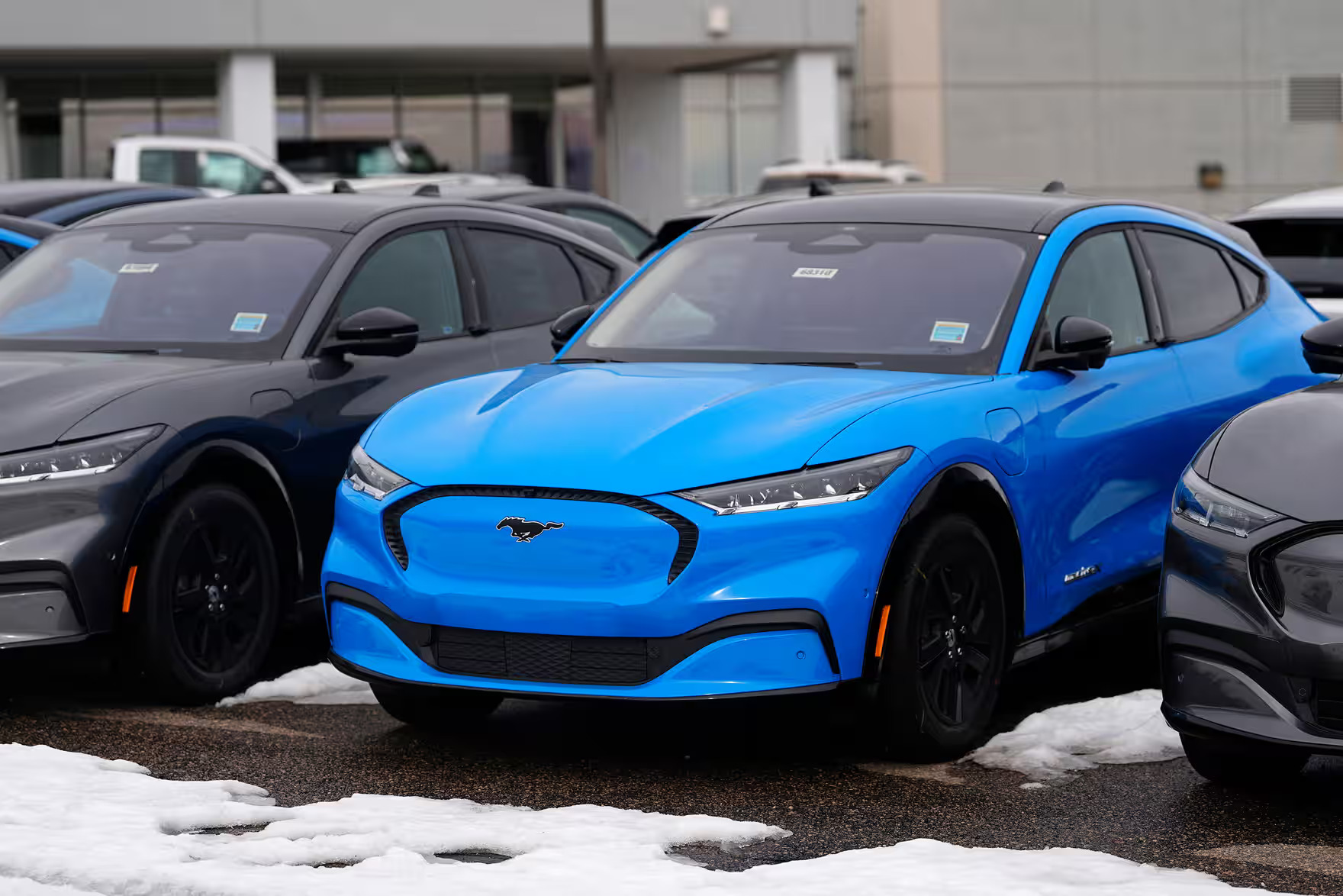Car ownership in the United States has become increasingly unaffordable for millions of Americans, according to recent reports. Since the pandemic, the cost of both new and used cars, as well as car insurance and repairs, has significantly increased, leading to a financial burden for many. Between 2020 and 2023, new car prices rose by 30%, and used car prices surged by 38%. In 2023, the average new car price reached $50,364, while used cars were priced at an average of $31,030. This sharp increase has made it difficult for consumers to find affordable options, with only 10% of new car listings priced under $30,000 and just 28% of used car listings under $20,000.
Income Disparity and Car Affordability
The affordability of cars has become a major issue, as Americans now need an average annual income of $100,000 to afford a new vehicle. This leaves 60% of American households unable to purchase a new car. For individual consumers, the situation is even worse, with 82% of individuals earning less than $100,000 annually. The income disparity has made it nearly impossible for many Americans to own a car, further exacerbating the financial strain caused by the rising cost of vehicles.

According to Pat Pyan, CEO of CoPilot, 2023 was one of the most challenging years for car buyers, particularly for those on a budget. The spring of 2023 saw a substantial increase in car prices, driven by consumers at the higher end of the market, but these prices never fully recovered. In addition, multiple interest rate hikes compounded the problem, reducing the number of deals available for car shoppers. Joseph Yoon, a Consumer Insights Analyst at Edmunds, also noted that the average transaction price for a new vehicle had risen dramatically, from $38,500 in November 2019 to $47,939 in November 2023.
Predictions for Used Car Prices and Supply Chain Issues
While used car prices are expected to fall modestly in 2024, the overall market conditions are unlikely to change drastically in the near future. Karl Brauer, Executive Analyst at iSeeCars, explained that the backlog of new and used car demand, which grew during the pandemic, is slowly moderating. However, with over two years of restricted new car production between 2020 and 2022, it will take at least as long for supply to catch up. Macroeconomic factors like inflation and high interest rates are also reducing demand, but the decrease in prices will not be significant enough to address the affordability crisis in the foreseeable future.
Another factor contributing to the scarcity of affordable cars is the shift in automaker strategies. Many manufacturers have increasingly focused on producing high-profit vehicles, such as larger trucks and SUVs, and have reduced production of smaller, more affordable cars priced under $20,000. This shift in production is due in part to disappointing sales of smaller vehicles, but also reflects changing consumer preferences. Over the past decade, buyers have gravitated toward larger vehicles with advanced technology and comfort features, such as cameras, sensors, and large infotainment screens. This trend has further decreased the availability of affordable cars for the average American consumer.

